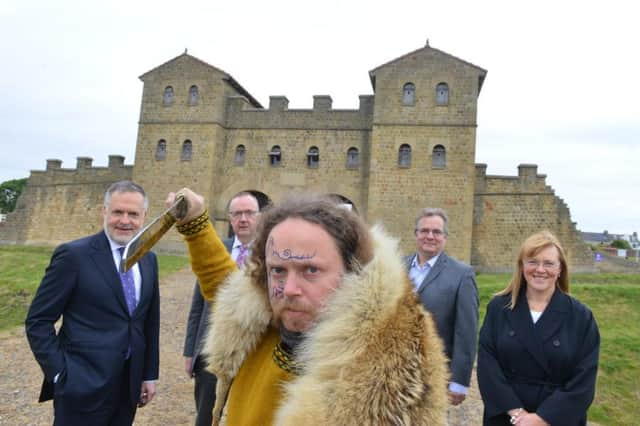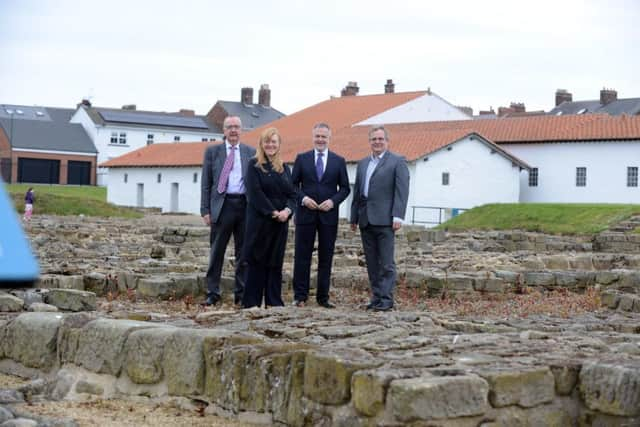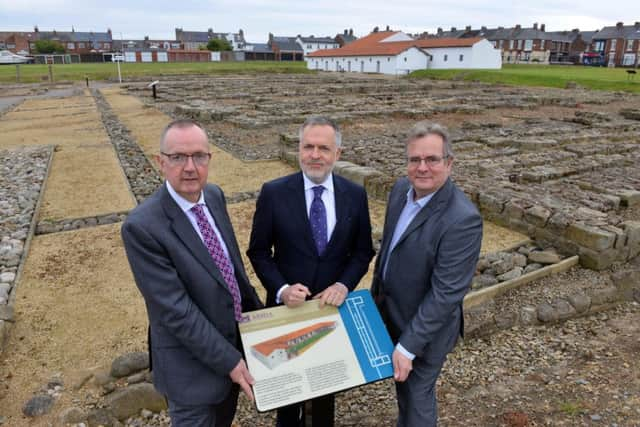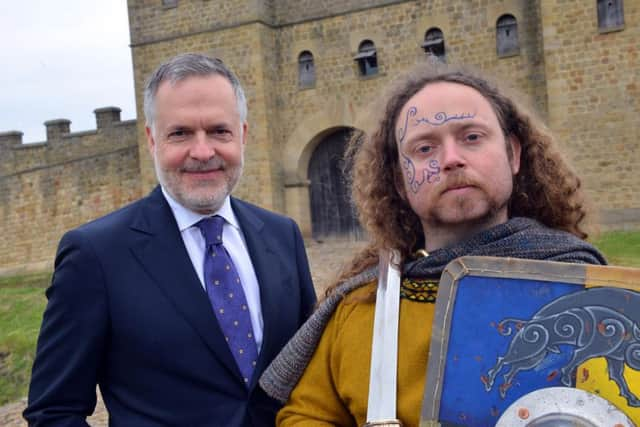South Shields’ Arbeia Roman fort welcomes VIP visitor from British Museum


Arbeia Roman Fort played host to the director of the British Museum, who explored the site on the Lawe Top, in South Shields, as part of a North East tour.
Dr Hartwig Fischer paid a visit to the landmark attraction in the townon Tuesday as part of a three-day tour of the region to see the archaeology at the three most eastern Hadrian’s Wall museums.


Advertisement
Hide AdAdvertisement
Hide AdThe North East tour also saw him spend time at Segedunum Roman Fort & Museum in Wallsend and Newcastle University’s Great North Museum: Hancock in Newcastle.
While at Arbeia, Mr Fischer explored the iconic full-scale Roman reconstruction and took in its recent improvements.
He also met with senior South Tyneside Council representatives at the site.
Iain Watson, Director of Tyne & Wear Archives & Museums (TWAM), said: “This is a fantastic opportunity to highlight some of the region’s museums, but also to have important conversations about the place of museums in contemporary society.”


Advertisement
Hide AdAdvertisement
Hide AdArbeia is a UNESCO World Heritage site which historically guarded the main sea route to Hadrian’s Wall.
It was an important part of the history of Roman Britain as a huge supply base for the Roman army, home to 600 Roman troops, and is said to be the birth place of the Northumbrian king Oswin.
Through the course of history Arbeia has had several guises; from the Roman Emperor’s HQ for the Scottish invasion to a busy cosmopolitan port.
During his visit to the Great North Museum: Hancock, Mr Fischer saw visitors enjoying the much anticipated Dippy on Tour exhibition from the Natural History Museum, London and met senior Newcastle University staff.


Advertisement
Hide AdAdvertisement
Hide AdHis last port of call was Segedunum Roman Fort, in Wallsend, where Mr Fischer will met senior representatives of North Tyneside Council.
The museum is based on the former Wallsend slipway, marks Hadrian’s ‘Wall’s end’ and the plan of the Roman fort is best experienced from the 35m viewing tower.